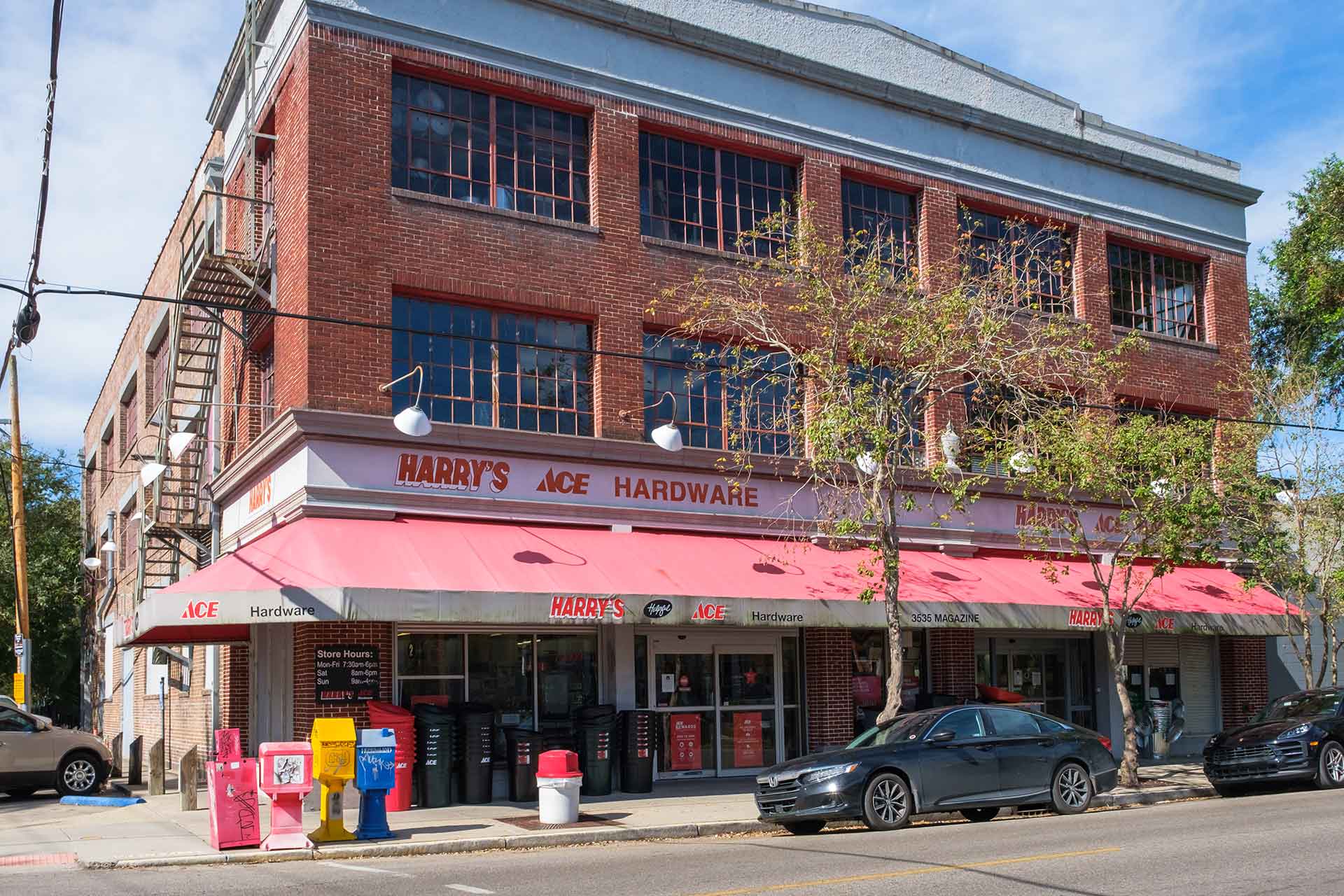
The 4 Pillars of Brand Relevance: Value Exceeds Price
How much is a glass of water worth? It depends on how thirsty you are, doesn’t it?
This is my favorite way to unpack a crucial concept in brand positioning: the idea that for a brand to remain relevant, its value to its customers has to exceed the price they pay.
In fact, it’s the third of 4 pillars of brand relevance in my “G.I.V.E. Manifesto.” Previously I shared pillars 1 and 2: G is for Grateful and Generous and I is for Inspired Difference. In this post, let’s explore this third pillar with another snippet from my new book, The Irrelevant Old Brand. My hope is that by highlighting these pillars in brands that last, we can help other brands avoid the pitfalls of irrelevance and find a path to becoming more meaningful to both their customers and the people around them.
Relevant Brands Understand Value Exceeds Price
Another contributor to brand relevance is the discrepancy between the perceived or actual value the brand offers compared to the brand’s price. The greater that value is over the price, the more important and relevant that brand may actually be to the buyer.
Let’s go back to my favorite example of this discrepancy: water. It’s a commodity that—depending on the situation—can be worth millions or completely worthless. For example, if you offered a glass of water to someone who had been stranded in the desert for a few days, that glass of water would be priceless. In the airport, you could charge someone $4 to $5 for a 20-oz bottle of water. At home, that 20 ounces of water would cost you approximately .006 cents. And if your basement flooded, you might have to pay someone hundreds if not thousands of dollars to remove the water. Water in the basement is beyond irrelevant. Water in the desert is as relevant as it gets.
So what’s the difference? It all has to do with the value of the water in relation to the situation. It’s not just the product itself (water in this case) that offers the value, it’s a host of external circumstances that contribute to the perceived value. The key is to ensure that the value of what your brand offers exceeds any price you charge.
The greater a brand or product’s value is over the price, the more important and relevant that brand may actually be to the buyer.
Relevance in Action: Ace Hardware
A good marketplace example of this is Ace Hardware. Ace stores are locally owned, yet compete formidably in their own hometowns with giants like Home Depot, Lowes, and Walmart. Generally speaking, when you go to an Ace store, you know you’re going to pay a little more—and sometimes a lot more—for the same thing you can get at the big box stores. But what the big boxes don’t typically offer is exactly where value exceeds price at Ace. They offer know-how.
Specifically, it’s being able to ask the guy on the floor how you connect the doo-hickey to the thing-a-ma-jig. You’ve watched YouTube videos. You’ve read the manual. But in the end, you just need someone to walk you through it … and that’s where Ace Hardware enters the picture. Couple that know-how with the convenience of parking just outside the front doors, walking into a much smaller space, and heading out in half of the time as the big boxes—and for many folks—value is exceeding price on each and every visit to their local Ace store.
Value Exceeds Price—Value is in the eye (and the pocketbook) of the beholder.




